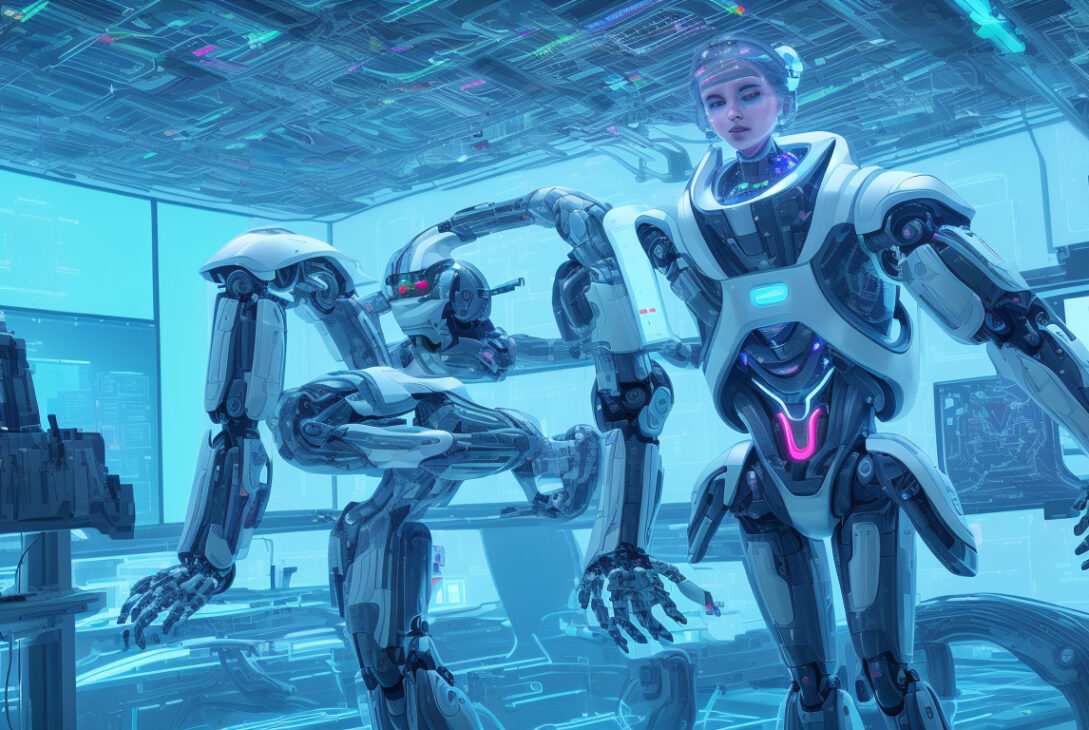OpenAI Takes a Major Step by Open-Sourcing Core AI Systems Behind ChatGPT
San Francisco, August 5, 2025 — In a significant strategic shift, OpenAI announced on Tuesday that it would open-source two of its artificial intelligence (AI) models that power its popular chatbot services, including ChatGPT. This move marks a departure from the company’s previous approach of keeping its most advanced technology proprietary and could reshape the competitive landscape of AI development and deployment.
Sharing Technology to Level the Playing Field
Since unveiling ChatGPT three years ago, OpenAI largely maintained tight control over its cutting-edge models to manage safety concerns and maintain a competitive edge. Meanwhile, numerous rival organizations have embraced “open source” — freely sharing their AI models with outside researchers, developers, and businesses worldwide. Companies like Meta and Chinese startup DeepSeek have led the way, expanding the open-source AI ecosystem and challenging OpenAI’s dominance.
By releasing its models named gpt-oss-120b and gpt-oss-20b, OpenAI aims to align itself more closely with this trend. While these models do not match the performance of OpenAI’s top-tier AI systems, they still rank among the world’s leading models based on benchmark tests released alongside the announcement. OpenAI hopes that by sharing these models, developers and businesses will remain engaged with its broader technology suite and subscribe to its more advanced AI offerings.
Greg Brockman, OpenAI’s co-founder and president, explained in an interview with The New York Times, “If we are providing a model, people are using us. They are dependent on us providing the next breakthrough. They are providing us with feedback and data and what it takes for us to improve that model. It helps us make further progress.”
The Debate Over Open Source in AI
Open-sourcing AI technology is a practice long embraced in traditional software development to accelerate innovation and broaden access. However, the stakes are considerably higher when it comes to AI, especially powerful language models that can generate text, images, code, and more. In 2019, after initially releasing an earlier model called GPT-2 to the public, OpenAI retreated from open sourcing its most advanced systems, citing concerns about misuse, including generating disinformation, hate speech, and even potentially dangerous applications such as bioweapons or cyberattacks.
The debate over open sourcing AI has seen various perspectives clash. On one side are pro-open-source advocates who emphasize accelerating research and democratizing AI capabilities. On the other side are national security experts and AI safety pessimists who warn against sharing technology that could be exploited by malicious actors or adversarial states. Recent policy shifts, such as the Trump administration’s decision to permit Nvidia to sell its AI chips in China, suggest a diminishing influence of stringent export controls and heightened openness toward international technology access.
The release of Meta’s LLaMA model in 2023 and DeepSeek’s V3 model in late 2024 underscored how open-source AI initiatives can challenge even the largest U.S. companies. OpenAI’s decision to open-source parts of its technology reflects a recognition of this evolving environment.
Technical Details and Business Implications
The two open-source models vary in scalability and hardware requirements. The smaller model, gpt-oss-20b, is designed to operate efficiently on a typical laptop, allowing more individuals and smaller organizations to run powerful AI computations locally. The larger gpt-oss-120b model requires specialized computer chips commonly used in advanced AI systems, catering to businesses with the necessary infrastructure.
OpenAI emphasizes that these open-source releases are part of a cautious, months-long development and testing effort aimed at mitigating potential harm associated with broad distribution. Brockman acknowledged the dual-use nature of AI technologies, stating, “AI could be used to both harm and empower people. The same is true of any powerful technology.”
From a strategic standpoint, OpenAI believes that offering accessible models will increase adoption and keep developers engaged within its ecosystem, ensuring continued demand for its more powerful and proprietary AI products.
Shifting Strategies Across the Industry
OpenAI is not alone in recalibrating its approach to AI openness. Mark Zuckerberg’s Meta is reportedly reconsidering its own open-source strategy. Although it previously released its Behemoth AI model to researchers and businesses, the company may move toward a more restricted, closed-source approach as it establishes a new superintelligence laboratory.
The evolving attitudes of major AI companies and regulators underscore an ongoing balancing act — weighing the benefits of transparency and collaboration against the risks of potential misuse and national security concerns.
Looking Ahead
OpenAI’s decision to share some of the foundational technology behind ChatGPT represents a watershed moment in the AI industry. It may accelerate innovation and democratize access to advanced AI capabilities, yet it also highlights the persistent challenges of regulating and managing the rapid expansion of AI technology.
As the open-source conversation continues to evolve, stakeholders from industry, government, and research communities will closely watch how these new models are adopted and what impacts they will have on the future of artificial intelligence.
— Reporting from San Francisco, Cade Metz, The New York Times










